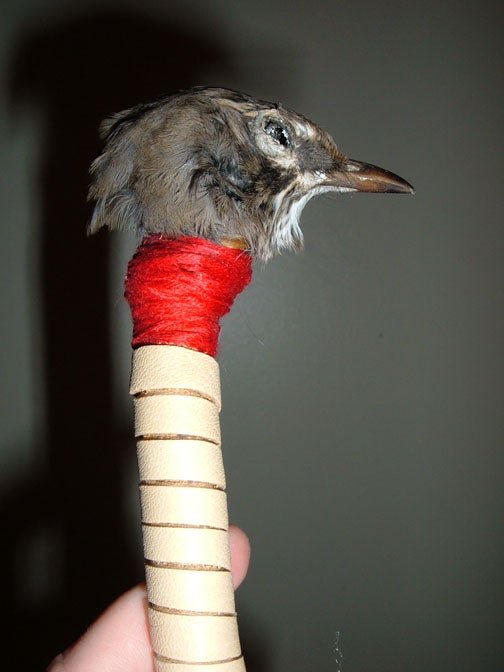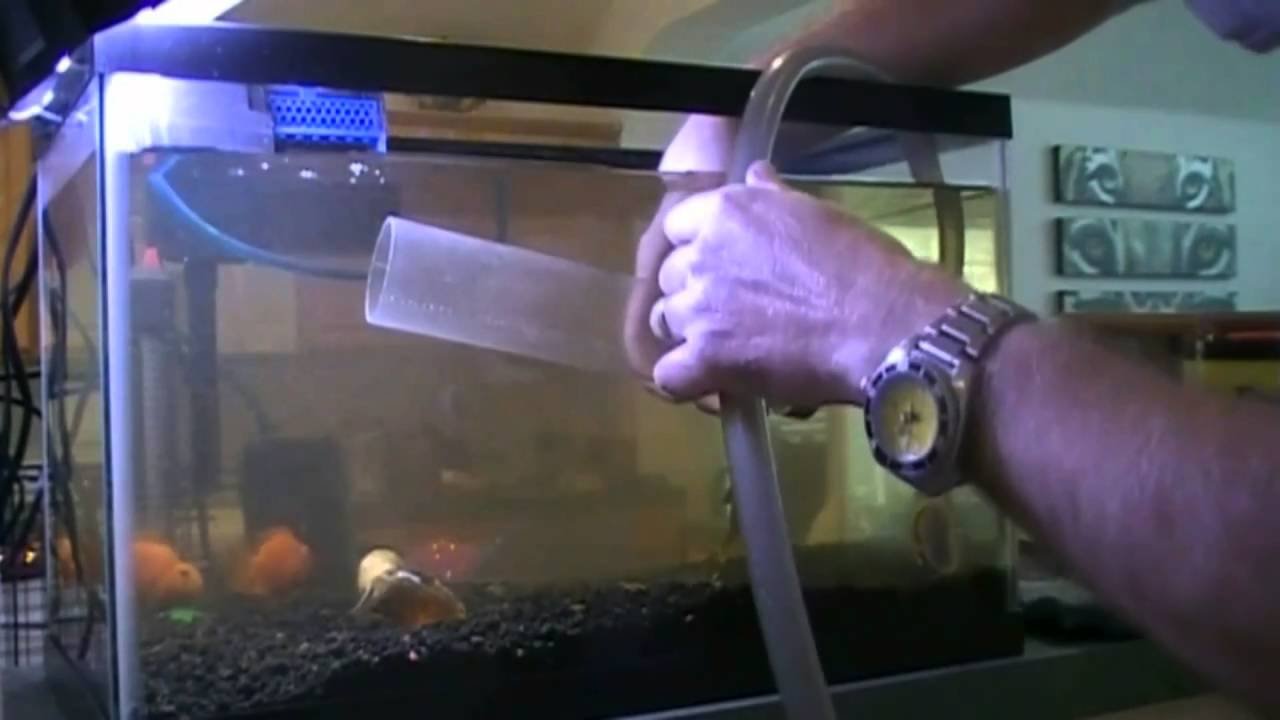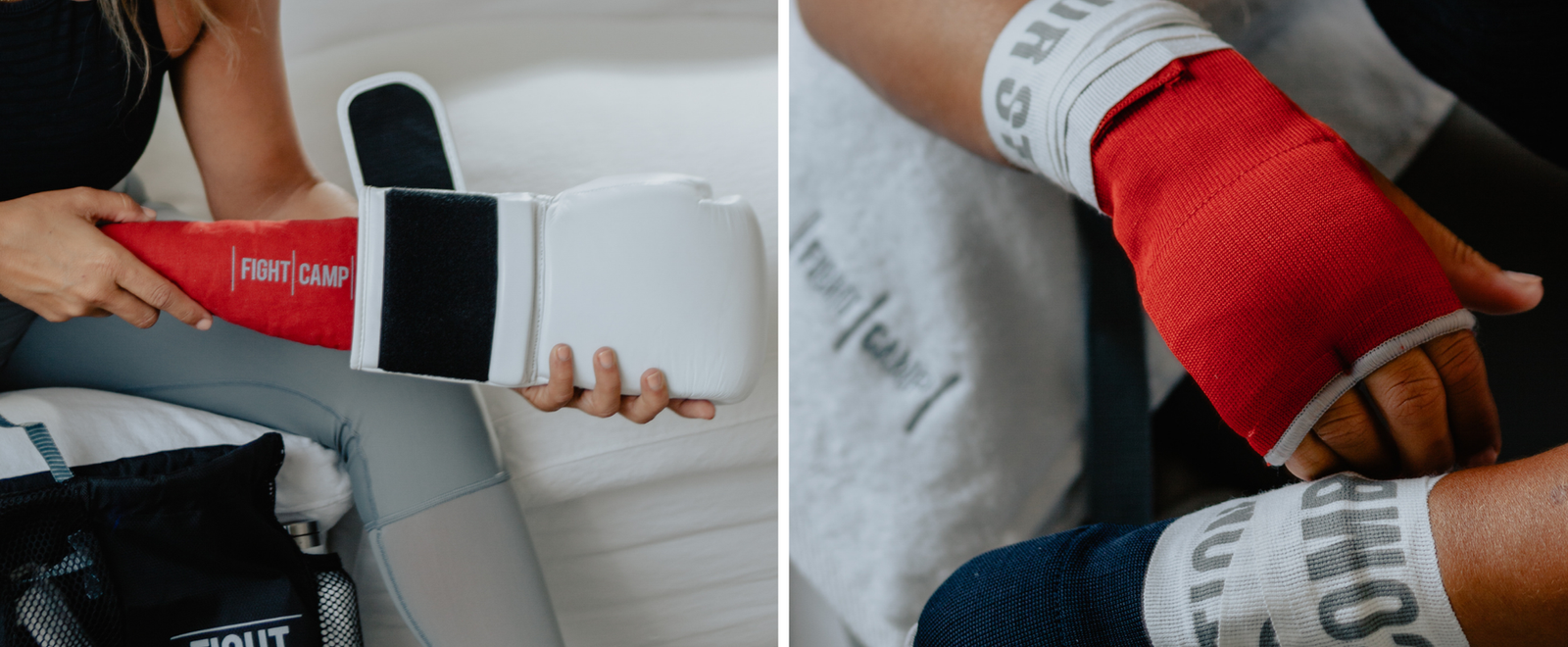
Table of Contents
Cleaning feathers from a dead bird can be a delicate task. It requires patience and care.
Feathers are beautiful and often used for various crafts or scientific studies. Removing them properly ensures they stay intact and look their best. It’s important to handle the bird gently and follow specific steps to clean the feathers safely. This guide will walk you through the process, ensuring you respect both the bird and the feathers.
By following these steps, you can preserve the natural beauty of the feathers and use them for your intended purpose without damage. Let’s dive into the process and learn how to clean feathers from a dead bird effectively.
Preparation
Cleaning feathers from a dead bird requires careful preparation. This will ensure the process is safe and efficient. In this section, you will learn how to gather the necessary supplies and take important safety measures.
Gather Supplies
Before starting, make sure you have all the supplies needed:
- Gloves: Use rubber or latex gloves to protect your hands.
- Face Mask: Wear a face mask to avoid inhaling any particles.
- Scissors: Sharp scissors for trimming feathers.
- Tweezers: Handy for removing small feathers.
- Soap and Water: For initial cleaning of the feathers.
- Disinfectant: To sanitize tools and feathers.
- Plastic Bags: For disposing of any waste material.
Safety Measures
Safety is crucial when handling dead birds. Follow these steps to ensure your protection:
- Wear Gloves and Mask: Always wear gloves and a mask to avoid contact with pathogens.
- Work in a Ventilated Area: Ensure there is good airflow to reduce inhalation risks.
- Avoid Touching Your Face: Do not touch your face while handling the bird or feathers.
- Wash Hands Thoroughly: Clean your hands with soap and water after the process.
- Dispose of Waste Properly: Seal waste in plastic bags and dispose of it in a safe manner.
By following these steps, you will be well-prepared to clean feathers safely and effectively.
Initial Inspection
Cleaning feathers from a dead bird requires careful inspection first. This step ensures the feathers are worth cleaning and using. Begin with a thorough initial inspection.
Check For Damage
First, check for damage on the bird and feathers. Look for any tears, breaks, or missing parts. Damaged feathers may not be useful. If you find many damaged feathers, you might need to reconsider using them.
Here is a simple checklist for damage:
- Look for tears or breaks in feathers.
- Check for missing feather parts.
- Inspect for signs of rot or decay.
Assess Feather Quality
Next, assess feather quality. Quality feathers are clean, vibrant, and free of pests. High-quality feathers will have consistent coloring and shape. They should also feel smooth to the touch.
Consider these factors to assess feather quality:
| Factor | What to Look For |
|---|---|
| Color | Consistent and vibrant |
| Shape | Even and unbroken |
| Texture | Soft and smooth |
Avoid feathers with dull color, uneven shape, or rough texture. These are signs of poor quality.
Performing a thorough initial inspection helps ensure you only clean and use the best feathers.
Cleaning Station Setup
Setting up a cleaning station is crucial for efficiently cleaning feathers from a dead bird. This process requires organization and a clear workspace. Follow the steps below to ensure a smooth and effective cleaning experience.
Choose A Workspace
Select a well-ventilated area. Preferably, an outdoor space or a garage. Ensure the workspace is clean and free from distractions. A large table or flat surface works best. Cover the surface with old newspapers or a disposable tablecloth. This will make cleanup easier.
Organize Tools
Gather all necessary tools before starting. You’ll need gloves, a mask, and a pair of tweezers. Have scissors, a small brush, and a basin of soapy water ready. Keep a container for discarded feathers nearby. Arrange these tools within easy reach. This will save time and reduce mess.

Feather Removal
Feather removal from a dead bird can be a delicate process. It’s important to handle the bird and feathers with care. This ensures the feathers remain in good condition. Below are steps for plucking and handling delicate feathers.
Plucking Feathers
Start by holding the bird firmly but gently. Use your fingers to grasp a few feathers close to the skin. Pull the feathers out in the direction they grow. This helps avoid damaging the feathers. Continue until all feathers are removed.
Handling Delicate Feathers
Delicate feathers need extra care. Avoid pulling too hard. Hold each feather near the base. This reduces the risk of tearing. Place plucked feathers in a safe, clean area. Ensure they stay dry and free from damage.
Washing Feathers
Cleaning feathers from a dead bird can be delicate. Feathers are beautiful but fragile. Proper washing ensures they remain intact and pristine. This section covers the steps for Washing Feathers effectively.
Soaking In Solution
Start by preparing a mild solution. Mix lukewarm water with a few drops of gentle dish soap. Avoid hot water. It can damage feathers. Place the feathers in the solution. Let them soak for about 30 minutes. This helps loosen dirt and debris.
Rinsing Techniques
After soaking, it’s time to rinse. Hold each feather under cool running water. Use a gentle stream. Avoid strong water pressure. It can damage delicate feathers. Ensure all soap is removed. Check for any remaining dirt. If needed, use a soft brush. Gently brush out stubborn debris.
Drying Process
Cleaning feathers from a dead bird requires careful attention to the drying process. Proper drying ensures the feathers remain in good condition for future use. There are two common methods for drying feathers: air drying and using a hair dryer. Each method has its own advantages.
Air Drying
Air drying is a natural and gentle way to dry feathers. Start by placing the cleaned feathers on a clean, dry towel. Spread them out evenly. Ensure they do not overlap. This helps them dry evenly and prevents mold.
Choose a well-ventilated area. Good airflow speeds up the drying process. Avoid direct sunlight. Sunlight can fade the colors of the feathers. Check the feathers daily. Turn them over to ensure they dry completely.
Using A Hair Dryer
Using a hair dryer can speed up the drying process. Set the hair dryer to a low heat setting. High heat can damage the feathers. Hold the hair dryer at a safe distance. Too close, and the feathers might get damaged.
Gently blow dry the feathers. Move the dryer constantly to avoid overheating any one area. This helps keep the feathers in good shape. Continue until all feathers are dry and fluffy. This method is quicker but requires careful attention.
Feather Maintenance
Maintaining feathers from a dead bird requires special care. Proper feather maintenance ensures they remain in pristine condition. This guide covers essential steps for combing and storing feathers.
Combing Feathers
Regular combing is crucial for feather maintenance. Use a soft-bristled comb to gently remove dirt and debris. Start from the base of the feather and work towards the tip. This method helps in keeping the feathers clean and smooth.
For stubborn dirt, dip the comb in lukewarm water. Avoid using harsh chemicals as they can damage the feathers. Pat the feathers dry with a soft cloth after combing.
Storing Properly
Proper storage is essential for long-term feather maintenance. Store feathers in a cool, dry place to prevent mold and mildew. Use a breathable container, like a cloth bag, to allow air circulation.
Avoid storing feathers in direct sunlight. Sunlight can cause colors to fade over time. Label each container with details about the feathers for easy identification.
| Storage Tip | Reason |
|---|---|
| Cool, dry place | Prevents mold and mildew |
| Breathable container | Allows air circulation |
| Away from sunlight | Prevents color fading |
Follow these steps and your feathers will stay beautiful and intact. Regular care and proper storage are key to feather maintenance.
Disposal Of Waste
Disposing of waste properly is crucial when cleaning feathers from a dead bird. This ensures a safe and clean environment. It also prevents the spread of diseases. Follow these steps to handle the waste responsibly.
Safe Disposal Methods
Place all feather waste in a sealed plastic bag. This will contain any potential contaminants. Use a second bag if the first one is thin. Dispose of the bag in an outdoor trash bin. Avoid using indoor bins to prevent odors and pests.
For larger waste, consider double-bagging. This adds an extra layer of protection. Clearly label the bags as “biohazard” if possible. This alerts others to the contents. Never dispose of waste in compost bins or recycling bins.
Cleaning Workspace
After disposing of the waste, clean your workspace. Use a disinfectant spray or solution. Wipe down all surfaces thoroughly. Pay special attention to any tools you used. Disinfect them before putting them away.
Wear gloves during the cleaning process. This protects your hands from contaminants. Dispose of the gloves in the same way as the feathers. Wash your hands with soap and water after removing the gloves. This ensures no germs remain on your skin.
Ensure the workspace is dry before storing any cleaning supplies. Moisture can encourage mold growth. A clean and dry workspace is a safe workspace.
Frequently Asked Questions
How Do You Clean Feathers From A Dead Bird?
Gently remove feathers with gloves. Wash with warm soapy water. Rinse and dry completely.
What Tools Do I Need To Clean Bird Feathers?
Use gloves, soap, warm water, and a soft brush. Simple and effective.
Can You Wash Bird Feathers With Soap?
Yes, use mild soap and warm water. Rinse well and dry thoroughly.
How Long Does It Take To Clean Feathers?
Cleaning feathers takes about 15-20 minutes. Drying time may vary.
Why Is It Important To Dry Feathers Completely?
Drying prevents mold and bacteria growth. Ensures feathers are clean and safe.
Conclusion
Cleaning feathers from a dead bird requires care and patience. Follow the steps to ensure a thorough job. Safety is important, so wear gloves and a mask. Take your time, and work in a clean space. Properly dispose of remains to avoid health risks.
Clean and sanitize your tools afterward. By following these guidelines, you can handle the task effectively.



Leave a Comment